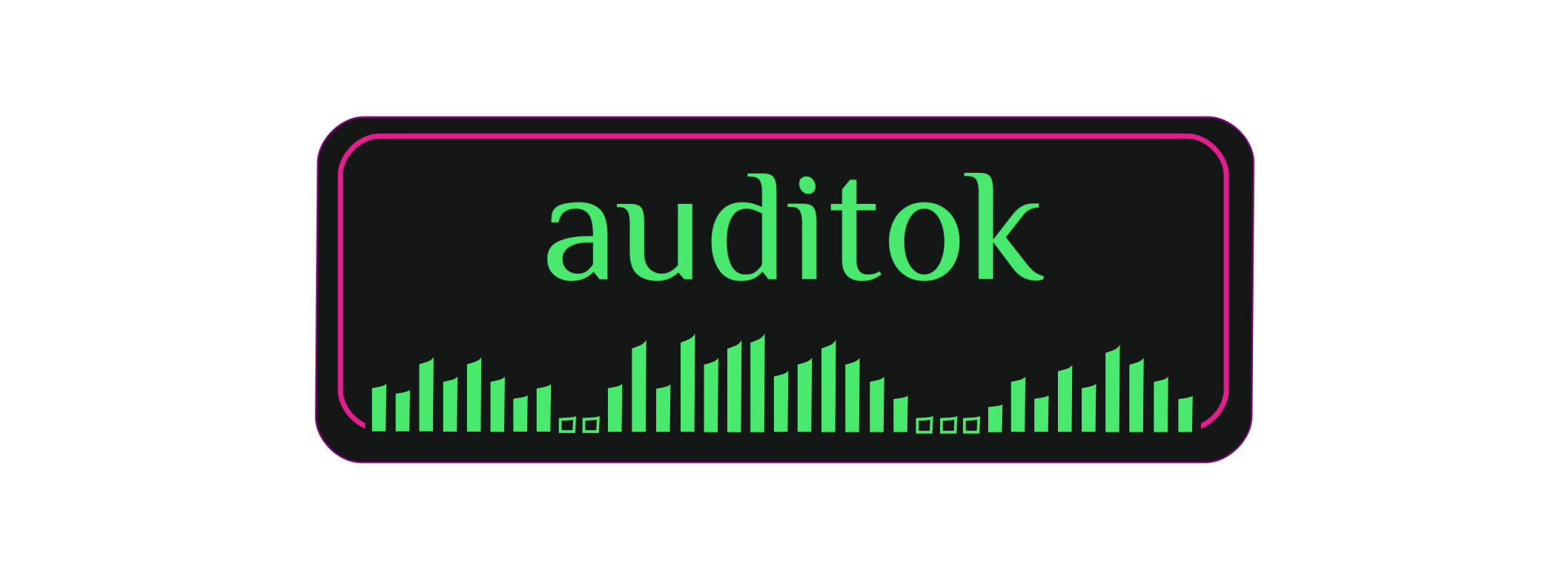auditok is an Audio Activity Detection tool that can process online data
(read from an audio device or from standard input) as well as audio files.
It can be used as a command-line program or by calling its API.
The latest version of the documentation can be found on readthedocs.
A basic version of auditok will run with standard Python (>=3.4). However,
without installing additional dependencies, auditok can only deal with audio
files in wav or raw formats. if you want more features, the following
packages are needed:
- pydub : read audio files in popular audio formats (ogg, mp3, etc.) or extract audio from a video file.
- pyaudio : read audio data from the microphone and play audio back.
- tqdm : show progress bar while playing audio clips.
- matplotlib : plot audio signal and detections.
- numpy : required by matplotlib. Also used for some math operations instead of standard python if available.
Install the latest stable version with pip:
sudo pip install auditokInstall the latest development version from github:
pip install git+https://github.com/amsehili/auditokor
git clone https://github.com/amsehili/auditok.git
cd auditok
python setup.py installimport auditok
# split returns a generator of AudioRegion objects
audio_regions = auditok.split(
"audio.wav",
min_dur=0.2, # minimum duration of a valid audio event in seconds
max_dur=4, # maximum duration of an event
max_silence=0.3, # maximum duration of tolerated continuous silence within an event
energy_threshold=55 # threshold of detection
)
for i, r in enumerate(audio_regions):
# Regions returned by `split` have 'start' and 'end' metadata fields
print("Region {i}: {r.meta.start:.3f}s -- {r.meta.end:.3f}s".format(i=i, r=r))
# play detection
# r.play(progress_bar=True)
# region's metadata can also be used with the `save` method
# (no need to explicitly specify region's object and `format` arguments)
filename = r.save("region_{meta.start:.3f}-{meta.end:.3f}.wav")
print("region saved as: {}".format(filename))output example:
Region 0: 0.700s -- 1.400s
region saved as: region_0.700-1.400.wav
Region 1: 3.800s -- 4.500s
region saved as: region_3.800-4.500.wav
Region 2: 8.750s -- 9.950s
region saved as: region_8.750-9.950.wav
Region 3: 11.700s -- 12.400s
region saved as: region_11.700-12.400.wav
Region 4: 15.050s -- 15.850s
region saved as: region_15.050-15.850.wavVisualize audio signal and detections:
import auditok
region = auditok.load("audio.wav") # returns an AudioRegion object
regions = region.split_and_plot(...) # or just region.splitp()output figure:
Currently, the core detection algorithm is based on the energy of audio signal. While this is fast and works very well for audio streams with low background noise (e.g., podcasts with few people talking, language lessons, audio recorded in a rather quiet environment, etc.) the performance can drop as the level of noise increases. Furthermore, the algorithm makes now distinction between speech and other kinds of sounds, so you shouldn't use it for Voice Activity Detection if your audio data also contain non-speech events.
MIT.

